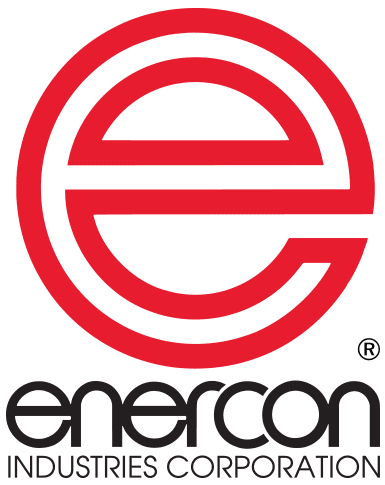Understanding the Difference Between Blown-arc and Blown-ion Plasma Systems
Air plasma surface treating systems are divided into two categories; blown arc and blown ion.
Enercon’s Blown-arc™ Series air plasma technology is formed by blowing atmospheric air past two high-voltage powered electrodes and is sometimes referred to as corona treatment.
The electrical discharge positively charges the ion particles surrounding it. Through direct contact, these particles positively charge the treated area of the object’s surface. This makes the surface more receptive to any applied substance such as inks.
Enercon’s Blown-ion™ Series surface treater pushes pressurized air past a single electrode which discharges inside the treater head. The electrode energizes electrons which, through bombardment, create positively charged ions within the discharge chamber. The air pressure forces the ions to accelerate and stream out of the tip of the head at high velocity toward the substrate surface. Again, through direct contact, these ions positively charge the object’s surface, increasing its surface energy and making it more receptive to inks and coatings.
Because the discharge occurs inside the treater head the Blown Ion Series can treat both conductive and non-conductive systems.
The narrow focus of the system also makes it ideal for treating grooves and crevices.


